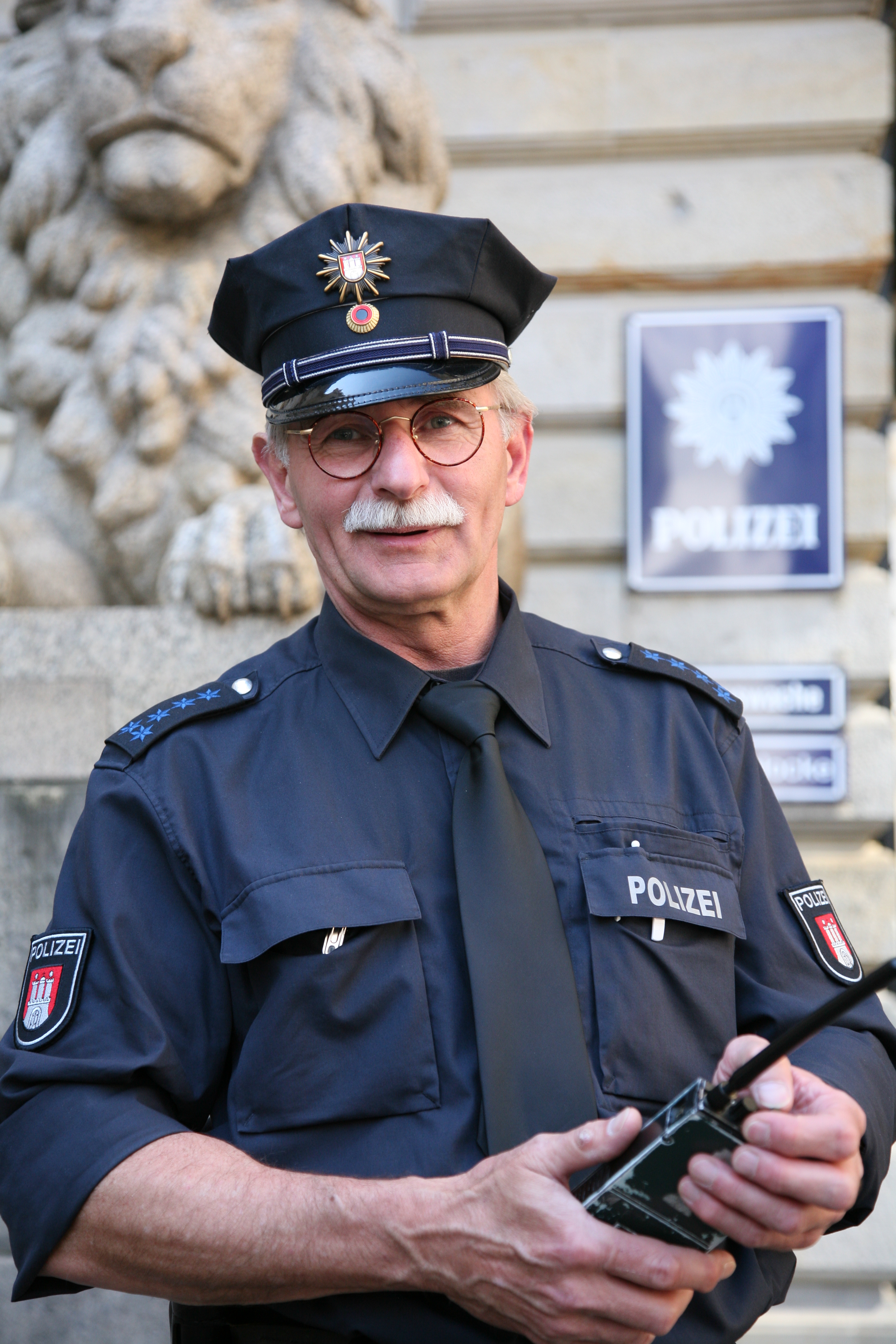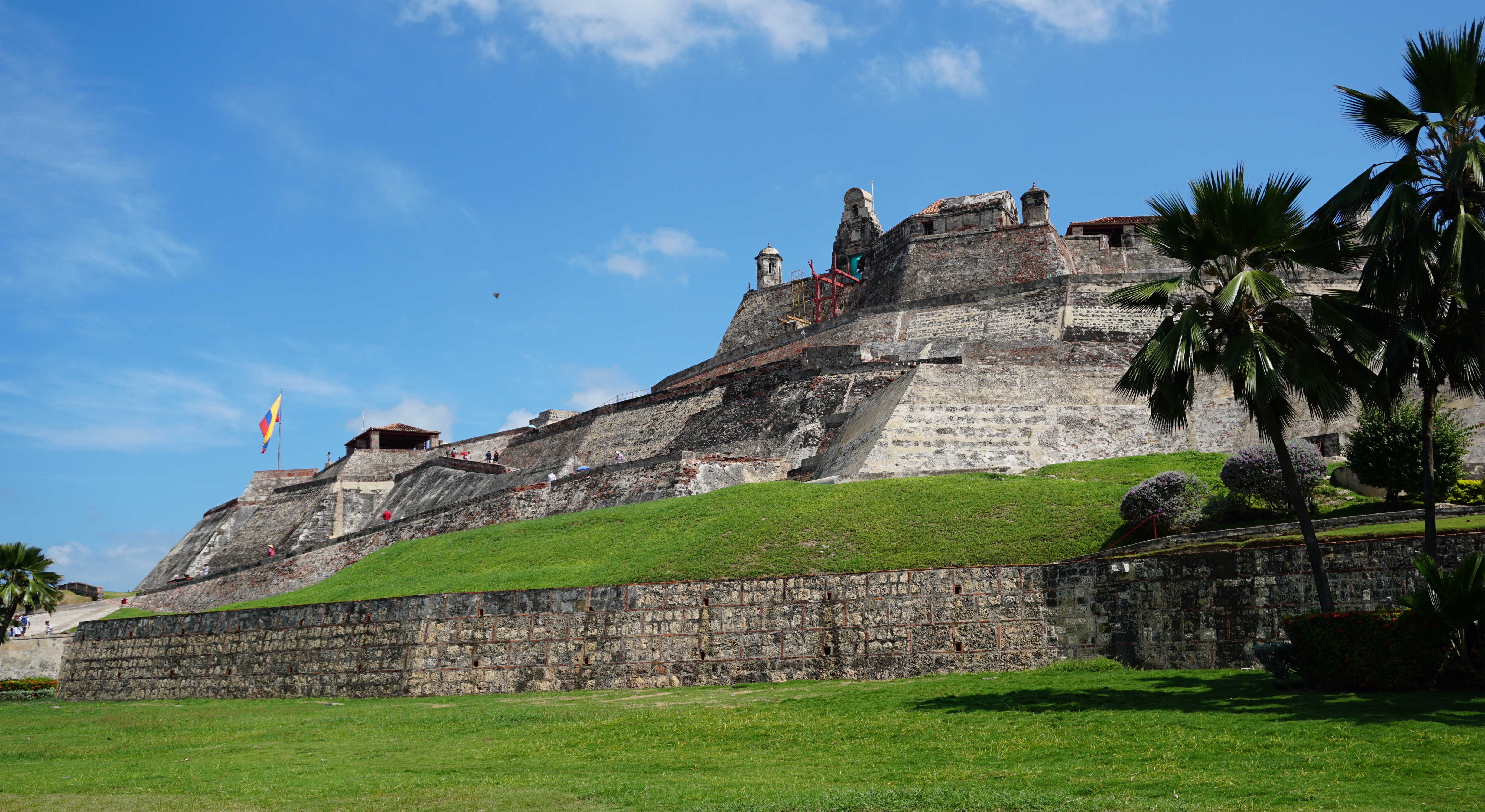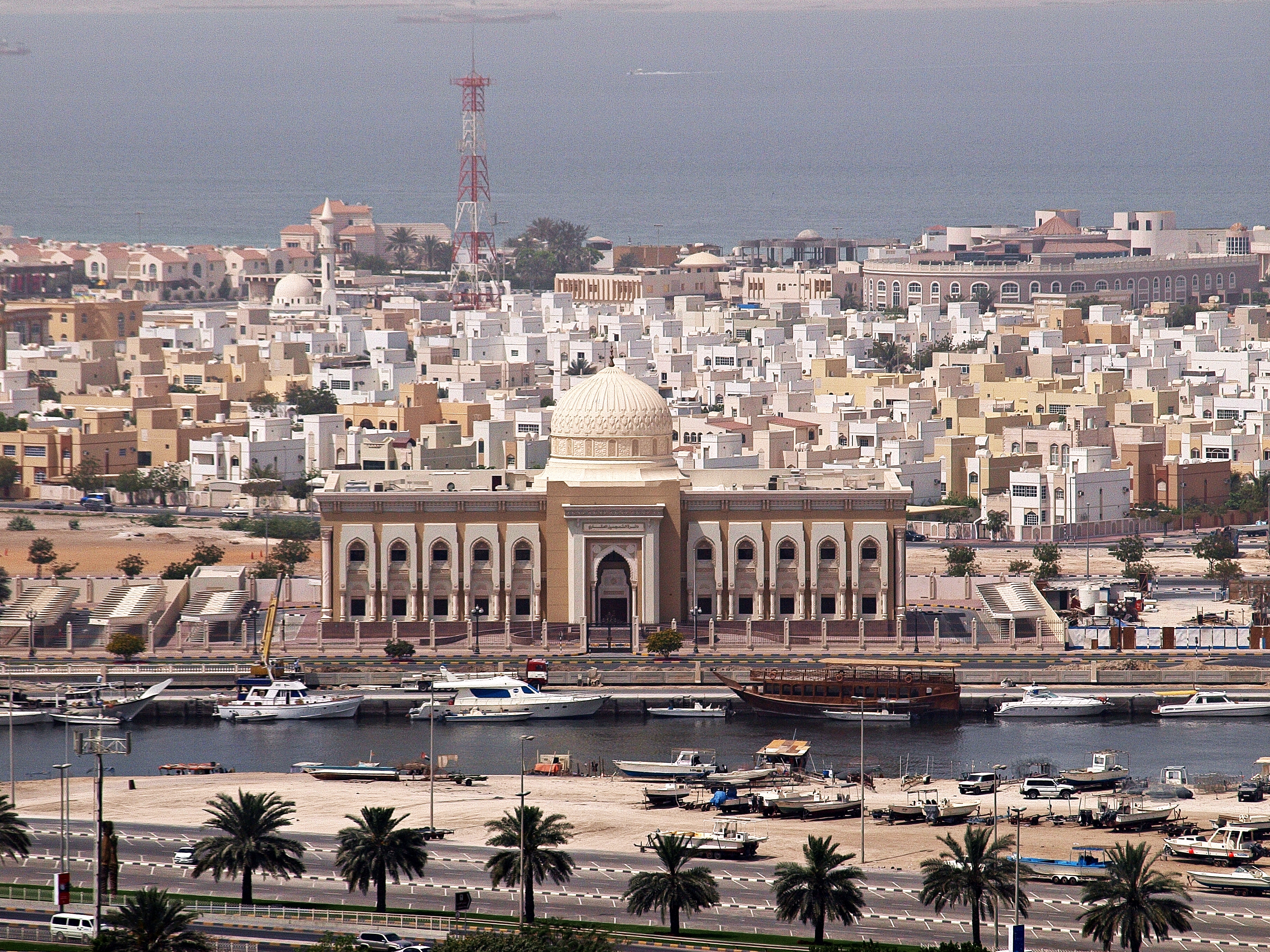|
Ajman Fort
Ajman Fort is a double-storey traditional rock, coral and mudbrick fortification in the centre of the city of Ajman in the United Arab Emirates (UAE). Its construction is thought to date back to the late 18th century and it is claimed the fort's '' barjeel'', or wind tower, is the oldest such structure in the UAE. Establishment Ajman Fort has been central to the history of the city and emirate of Ajman and its rulers for over 200 years. The establishment of Ajman as an independent emirate under Al Nuaimi rule took place when Sheikh Rashid bin Humaid Al Nuaimi and fifty followers took effective control of the coastal settlement of Ajman in a short conflict. The consolidation of that establishment did not take place until 1816 or 1817, when Ajman Fort finally fell to Rashid and his followers. Rashid was duly recognised as the Ruler of Ajman by the Ruler of Sharjah, Sheikh Saqr bin Sultan Al Qasimi, who had previously claimed Ajman under his sphere of influence or suzerainty. I ... [...More Info...] [...Related Items...] OR: [Wikipedia] [Google] [Baidu] |
Ajman
Ajman ( ar, عجمان, '; Gulf Arabic: عيمان ʿymān) is the capital of the emirate of Ajman in the United Arab Emirates. It is the fifth-largest city in UAE after Dubai, Abu Dhabi, Sharjah and Al Ain. Located along the Persian Gulf, it is engulfed by the larger emirate of Sharjah in territory. History Al Bu Kharaiban Nuaimi rule in Ajman started in 1816, when Sheikh Rashid bin Humaid Al Nuaimi and fifty of his followers took the coastal settlement of Ajman from members of the Al Bu Shamis Nuaimi tribe in a short conflict. It wasn't until 1816 or 1817, however, that the Ajman fort finally fell to Rashid's followers and his rule was endorsed by the powerful Sheikh of neighbouring Sharjah and Ras Al Khaimah, Sheikh Sultan bin Saqr Al Qasimi. On 8 January 1820, following the sack of Ras Al Khaimah by a British force led by Sir W.G. Keir, Sultan bin Saqr signed the General Maritime Treaty with the United Kingdom on 4 February 1820, followed on 15 March by Rashid bin Hu ... [...More Info...] [...Related Items...] OR: [Wikipedia] [Google] [Baidu] |
Humaid Bin Abdulaziz Al Nuaimi
Humaid bin Abdulaziz Al Nuaimi was Ruler of Ajman, one of the Trucial States which today form the United Arab Emirates (UAE), from 1910–1928. His rule was marked by a running conflict with the Al Bu Shamis and their charismatic Sheikh, Abdulrahman bin Muhammad Al Shamsi. Accession Humaid bin Abdulaziz was travelling in Muscat when he received the news of his father's death in an attempted coup and rushed back to Ajman to consolidate his position as the next Ruler of the emirate, forcing the leader of the coup, his cousin Mohammed bin Rashid Al Nuaimi, to flee for his life. One of Humaid's first acts once he had established himself was to respond to a rather snooty letter from the British Resident to all of the Trucial Sheikhs, warning them not to undertake any concession for pearls or sponges with any foreign agent. To this, Humaid responded 'We have been obedient to your order and, God willing, we shall do nothing contrary to your view.' It was a sentiment which was not to ... [...More Info...] [...Related Items...] OR: [Wikipedia] [Google] [Baidu] |
Defunct Police Stations
{{Disambiguation ...
Defunct (no longer in use or active) may refer to: * ''Defunct'' (video game), 2014 * Zombie process or defunct process, in Unix-like operating systems See also * * :Former entities * End-of-life product * Obsolescence Obsolescence is the state of being which occurs when an object, service, or practice is no longer maintained or required even though it may still be in good working order. It usually happens when something that is more efficient or less risky r ... [...More Info...] [...Related Items...] OR: [Wikipedia] [Google] [Baidu] |
Police Stations In Asia
The police are a constituted body of persons empowered by a state, with the aim to enforce the law, to ensure the safety, health and possessions of citizens, and to prevent crime and civil disorder. Their lawful powers include arrest and the use of force legitimized by the state via the monopoly on violence. The term is most commonly associated with the police forces of a sovereign state that are authorized to exercise the police power of that state within a defined legal or territorial area of responsibility. Police forces are often defined as being separate from the military and other organizations involved in the defense of the state against foreign aggressors; however, gendarmerie are military units charged with civil policing. Police forces are usually public sector services, funded through taxes. Law enforcement is only part of policing activity. Policing has included an array of activities in different situations, but the predominant ones are concerned with the pre ... [...More Info...] [...Related Items...] OR: [Wikipedia] [Google] [Baidu] |
Forts In The United Arab Emirates
A fortification is a military construction or building designed for the defense of territories in warfare, and is also used to establish rule in a region during peacetime. The term is derived from Latin ''fortis'' ("strong") and ''facere'' ("to make"). From very early history to modern times, defensive walls have often been necessary for cities to survive in an ever-changing world of invasion and conquest. Some settlements in the Indus Valley civilization were the first small cities to be fortified. In ancient Greece, large stone walls had been built in Mycenaean Greece, such as the ancient site of Mycenae (famous for the huge stone blocks of its 'cyclopean' walls). A Greek '' phrourion'' was a fortified collection of buildings used as a military garrison, and is the equivalent of the Roman castellum or English fortress. These constructions mainly served the purpose of a watch tower, to guard certain roads, passes, and borders. Though smaller than a real fortress, they ac ... [...More Info...] [...Related Items...] OR: [Wikipedia] [Google] [Baidu] |
Museums With Year Of Establishment Missing
A museum ( ; plural museums or, rarely, musea) is a building or institution that cares for and displays a collection of artifacts and other objects of artistic, cultural, historical, or scientific importance. Many public museums make these items available for public viewing through exhibits that may be permanent or temporary. The largest museums are located in major cities throughout the world, while thousands of local museums exist in smaller cities, towns, and rural areas. Museums have varying aims, ranging from the conservation and documentation of their collection, serving researchers and specialists, to catering to the general public. The goal of serving researchers is not only scientific, but intended to serve the general public. There are many types of museums, including art museums, natural history museums, science museums, war museums, and children's museums. According to the International Council of Museums (ICOM), there are more than 55,000 museums in 202 countr ... [...More Info...] [...Related Items...] OR: [Wikipedia] [Google] [Baidu] |
1816 Establishments In Asia
This year was known as the '' Year Without a Summer'', because of low temperatures in the Northern Hemisphere, possibly the result of the Mount Tambora volcanic eruption in Indonesia in 1815, causing severe global cooling, catastrophic in some locations. Events January–March * December 25 1815–January 6 – Tsar Alexander I of Russia signs an order, expelling the Jesuits from St. Petersburg and Moscow. * January 9 – Sir Humphry Davy's Davy lamp is first tested underground as a coal mining safety lamp, at Hebburn Colliery in northeast England. * January 17 – Fire nearly destroys the city of St. John's, Newfoundland. * February 10 – Friedrich Karl Ludwig, Duke of Schleswig-Holstein-Sonderburg-Beck, dies and is succeeded by Friedrich Wilhelm, his son and founder of the House of Glücksburg. * February 20 – Gioachino Rossini's opera buffa '' The Barber of Seville'' premières at the Teatro Argentina in Rome. * March ... [...More Info...] [...Related Items...] OR: [Wikipedia] [Google] [Baidu] |
List Of Cultural Property Of National Significance In The United Arab Emirates ...
Abu Dhabi Central Region Eastern Region Western Region Ajman Dubai Fujairah Ra's al-Khaimah Sharjah Heart of Sharjah Umm al-Quwain See also * List of Ancient Settlements in the UAE References {{reflist Cultural property Cultural property does not have a universal definition, but it is commonly considered to be tangible (physical, material) items that are part of the cultural heritage of a group or society, as opposed to less tangible cultural expressions. They in ... [...More Info...] [...Related Items...] OR: [Wikipedia] [Google] [Baidu] |
Ajman Museum
The Ajman Museum is a museum located in the city of Ajman, United Arab Emirates. Ajman Museum includes several sections that offer a compelling glimpse of Ajman's past, including archaeology, manuscripts, folk costumes, souvenirs, and more. The museum displays are annotated in both Arabic and English. It is housed in an 18th-century fortress that was used as a stronghold for the Emirates leadership and as the first line of defense. Earlier it was the ruler's palace and then it was converted as the Ajman police station. When the fort was renovated two wind towers and two watchtowers were maintained. A massive gate and two cannons can be seen on the front of the fort. The museum tells about the local history and heritage, the place highlights various aspects of the past. The Ajman Museum with displays of lifestyle and traditional professions includes a huge collection of archeological artifacts An artifact, or artefact (see American and British English spelling differen ... [...More Info...] [...Related Items...] OR: [Wikipedia] [Google] [Baidu] |
Rashid Bin Humaid Al Nuaimi III
Sheikh Rashid bin Humaid Al Nuaimi ( Arabic: ), (1902 6 September 1981) was the 9th Ruler of Ajman and ruled the emirate from 1928 until 1981. Throughout his 53 years as Ruler, he worked to build Ajman. He was one of the founding fathers of the United Arab Emirates. He is the father of the current Ruler, Sheikh Humaid bin Rashid Al Nuaimi III. The ruling family belongs to the Al Na'im tribe. He established the Ajman Police in 1967. Children * Ali bin Rashid Al Nuaimi (died July 1990) * Fatima bint Rashid Al Nuaimi (died 14 December 2014) *Humaid bin Rashid Al Nuaimi * Abdulla bin Rashid Al Nuaimi (died 12 January 2013) ''khale013. * Nasser bin Rashid Al Nuaimi * Nayla bint ... [...More Info...] [...Related Items...] OR: [Wikipedia] [Google] [Baidu] |
Manumission
Manumission, or enfranchisement, is the act of freeing enslaved people by their enslavers. Different approaches to manumission were developed, each specific to the time and place of a particular society. Historian Verene Shepherd states that the most widely used term is gratuitous manumission, "the conferment of freedom on the enslaved by enslavers before the end of the slave system". The motivations for manumission were complex and varied. Firstly, it may present itself as a sentimental and benevolent gesture. One typical scenario was the freeing in the master's will of a devoted servant after long years of service. A trusted bailiff might be manumitted as a gesture of gratitude. For those working as agricultural laborers or in workshops, there was little likelihood of being so noticed. In general, it was more common for older slaves to be given freedom. Legislation under the early Roman Empire put limits on the number of slaves that could be freed in wills (''lex Fufia Ca ... [...More Info...] [...Related Items...] OR: [Wikipedia] [Google] [Baidu] |
Emirate Of Sharjah
The Emirate of Sharjah (; ar, إِمَارَة ٱلشَّارِقَة ') is one of the emirates of the United Arab Emirates, which covers and has a population of over 1,400,000 (2015). It comprises the capital city of Sharjah, after which it is named, and other minor towns and exclaves such as Kalba', Al Dhaid, Dibba Al-Hisn and Khor Fakkan. The emirate is an absolute monarchy. It has been ruled by Sultan bin Muhammad Al-Qasimi since 1972, except for a six-day period during an attempted coup d'etat by his brother, Sheikh Abdulaziz bin Mohammed Al-Qasimi. History Human settlement in the area covered by the emirate has existed for over 120,000 years, with significant finds made of early axes and stone tools as well as Copper and Iron Age implements in Al Dhaid, Al Thuqeibah, Mileiha, Tell Abraq, Muwailah, Al Madam and Jebel Faya. Archaeological finds in the Mleiha area point to human habitation consistent with the spread of humanity from Africa to the wider world, ... [...More Info...] [...Related Items...] OR: [Wikipedia] [Google] [Baidu] |






